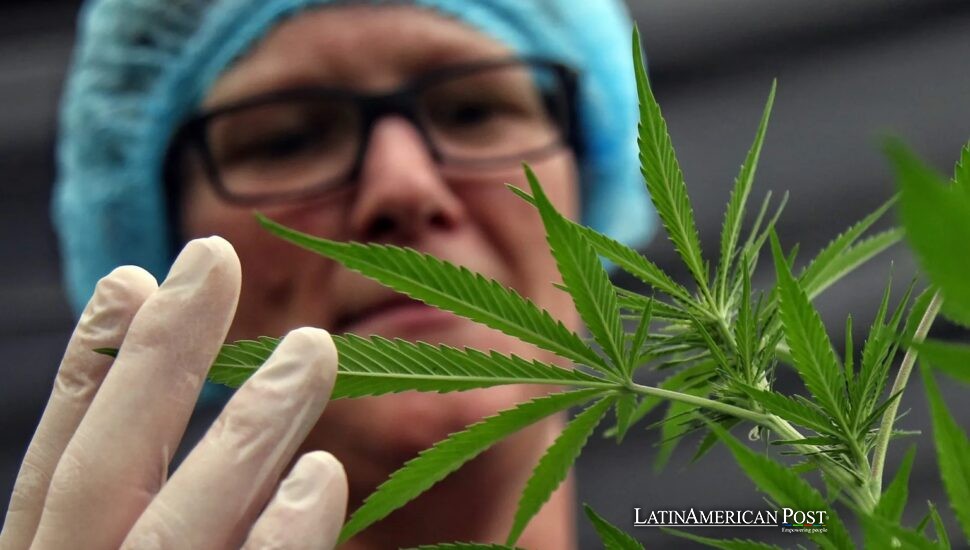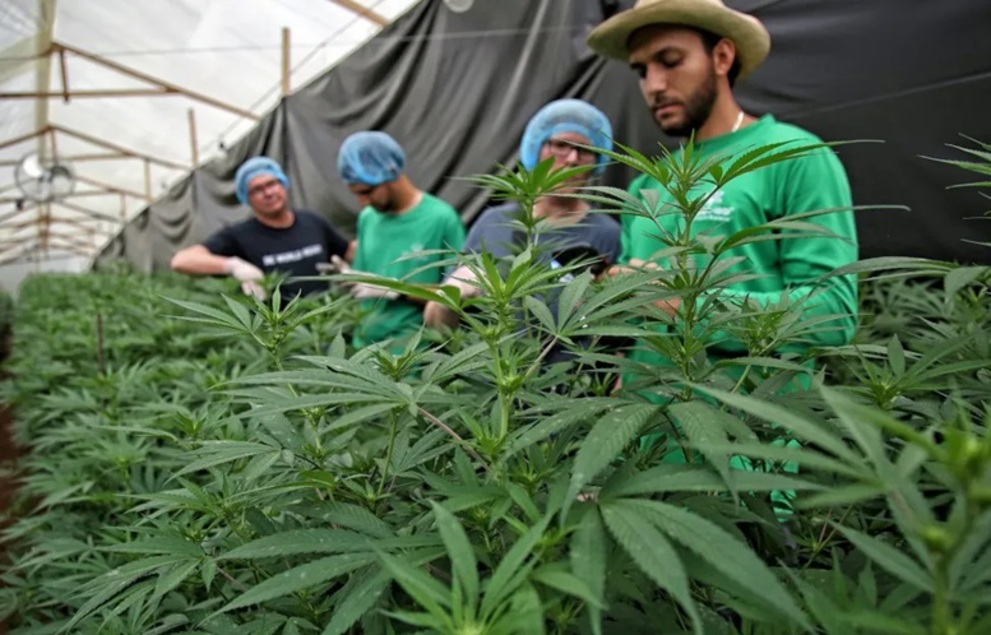Brazil’s Discovery of CBD In a Common Shrub Could Reshape the Medical Cannabis Debate

Brazilian scientists say they have detected cannabidiol (CBD) inside Trema micrantha, a hardy shrub often dismissed as a weed. The finding, described to the AFP by researcher Rodrigo Moura Neto, could radically transform supply chains and loosen legal constraints worldwide.
From roadside weed to research goldmine
It is not much to look at—an unremarkable green shrub edging highways, sprouting on degraded farmland, sprouting up in places where other plants surrender. Yet Trema micrantha blume, common across Brazil, now carries uncommon promise.
A team at the Federal University of Rio de Janeiro has identified CBD in the fruits and flowers of the plant. This discovery could redraw the map of how the world sources one of wellness culture’s most in-demand compounds. “It’s a legal alternative to using cannabis,” said molecular biologist Rodrigo Moura Neto, speaking to the AFP. He stressed the punchline: Trema appears to contain CBD but not THC, the psychoactive compound that makes cannabis politically combustible. “This is a plant that grows all over Brazil. It would be a simpler and cheaper source of cannabidiol.”
CBD’s reputation is sprawling—sometimes hailed as a cure-all, dismissed as a fad. Science has confirmed its efficacy in rare forms of epilepsy, and studies are probing its role in chronic pain, anxiety, and sleep disorders. Whatever the verdict, demand is unquestioned. Analysts estimate the global CBD market at nearly US$5 billion today, projected to surge above US$47 billion by 2028. But that market is tangled in regulation: most CBD is extracted from cannabis or hemp, forcing producers to navigate cultivation licenses, THC thresholds, and cross-border rules. A non-cannabis plant that naturally produces CBD could be the key to unlocking new access.
Why CBD without THC could change the rules
Chemistry is the fulcrum. Cannabidiol (CBD) and tetrahydrocannabinol (THC) are siblings, both cannabinoids synthesized by the cannabis plant. Their divergent legal status comes down to psychoactivity: CBD is tolerated, THC remains tightly controlled.
Neto’s lab has detected CBD in Trema micrantha with no trace of THC, he told the AFP. The precedent is tantalizing: scientists in Thailand reported the presence of CBD in a related species years ago. If Brazil can prove the yields are commercially viable, supply chains might be liberated from cannabis altogether—especially in countries where cannabis remains stigmatized or banned outright.
Brazil embodies the dilemma. Its medical cannabis policies are tightly constrained; marijuana is still outlawed in most contexts. Trema, on the other hand, carries no such baggage. Farmers dismiss it as a weed because it grows almost everywhere. Its very ordinariness hints at scale. It could be planted along reforestation corridors, cultivated by smallholders, or harvested from existing stands, then processed domestically into CBD products.
But theory must bow to science. Variability in the shrub could influence cannabinoid levels. Extraction methods, purity standards, and environmental safeguards must be developed from scratch for a non-cannabis source. And regulators will still need to answer tough public-health questions: What else does Trema produce, in what concentrations, and how do those molecules behave once refined into oils, capsules, or creams?
Promise, proof, and a five-year clock
Neto is candid about the gap between discovery and medicine. His team has secured a 500,000-real government grant (about US$104,000) to scale research, he told the AFP. The roadmap is deliberate: confirm Trema’s cannabinoid profile across regions and seasons; isolate the best extraction techniques; and evaluate safety and efficacy in conditions currently treated with medical cannabis. He estimates that at least five years of research will be required before products can reach pharmacies.
Momentum, though, is powerful. Because Trema lacks THC, clinical trials and regulatory hurdles may be simpler than for cannabis-based extracts. If reproducible data confirm its potential, Brazil could emerge as the center of a new value chain, pairing its native biodiversity with high-value manufacturing. The economic implications ripple out: a shrub once ignored could become a cash crop for cooperatives in Jequitinhonha or farmers along the Cerrado.
But such a future raises questions. Who will cultivate and process it? Can small producers secure their place, or will multinationals dominate the field as investors chase a US$47 billion horizon? Will policymakers create incentives for sustainable harvesting and fair trade, or allow yet another boom-and-bust cycle to ravage the land?

EFE/Mario Baos
Who benefits if a weed becomes an industry?
Brazil’s scientific history is a mix of triumph and cautionary tale. A Trema-to-CBD pipeline would test whether the nation can set a new precedent: equitable partnerships that share benefits with local communities and protect ecosystems.
Trema’s very ordinariness may help. It is not a fragile orchid confined to a single canyon, but a rugged survivor spread across landscapes. That could make it both resilient to shocks and accessible in practice, allowing cooperatives, small farms, and public labs to participate.
Yet the hype must be tempered. CBD is no panacea. THC-free does not mean risk-free. And new commodities often replicate old inequalities unless policy intervenes. Neto’s careful phrasing—”a simpler and cheaper source of cannabidiol”—is an antidote to over-promise.
If Trema micrantha can indeed supply CBD safely, Brazil could de-risk access to a compound already helping patients with epilepsy and chronic conditions, especially where cannabis remains politically polarizing. If it cannot, the research will still enrich knowledge of Brazil’s biodiversity and train the next generation of scientists in phytochemistry.
For now, Trema continues to spread quietly through roadside ditches and abandoned lots, indifferent to headlines. Its fate will not be decided on social media but in labs, clinical trials, and policies that determine who gets to harvest, process, prescribe, and profit.
Also Read: Paraguay Sings Again as Lost Guaraní Verses Find a Digital Home
Brazil has an opportunity: to demonstrate that a “weed” can be more than a nuisance, and that a discovery can be more than just a headline. If it succeeds, cannabidiol may one day arrive in bottles traced not to controversial cannabis fields but to a humble Brazilian shrub—a reminder that sometimes the most transformative resources are the ones we step past without noticing.





